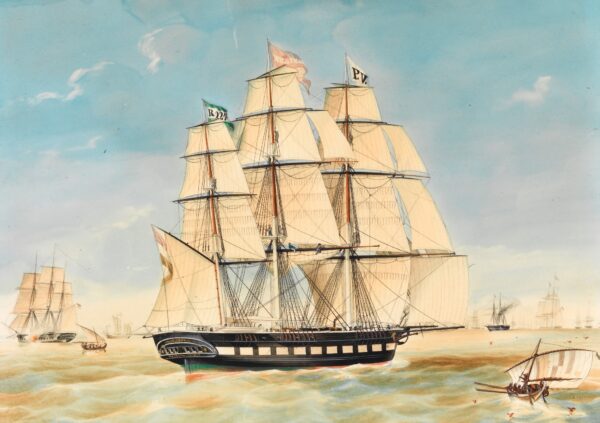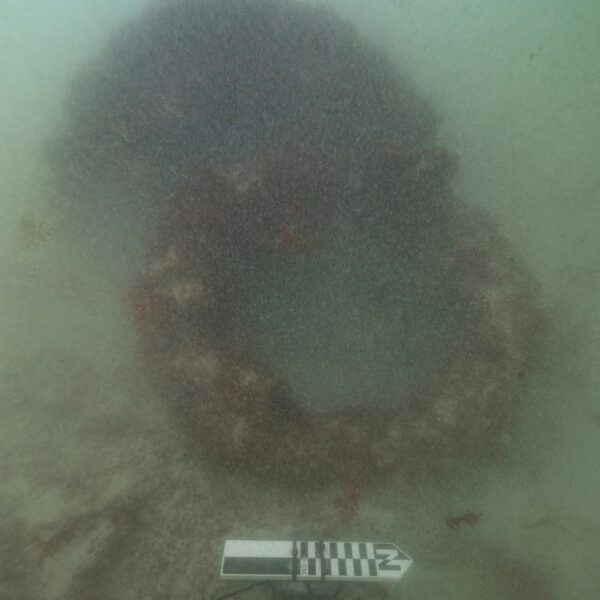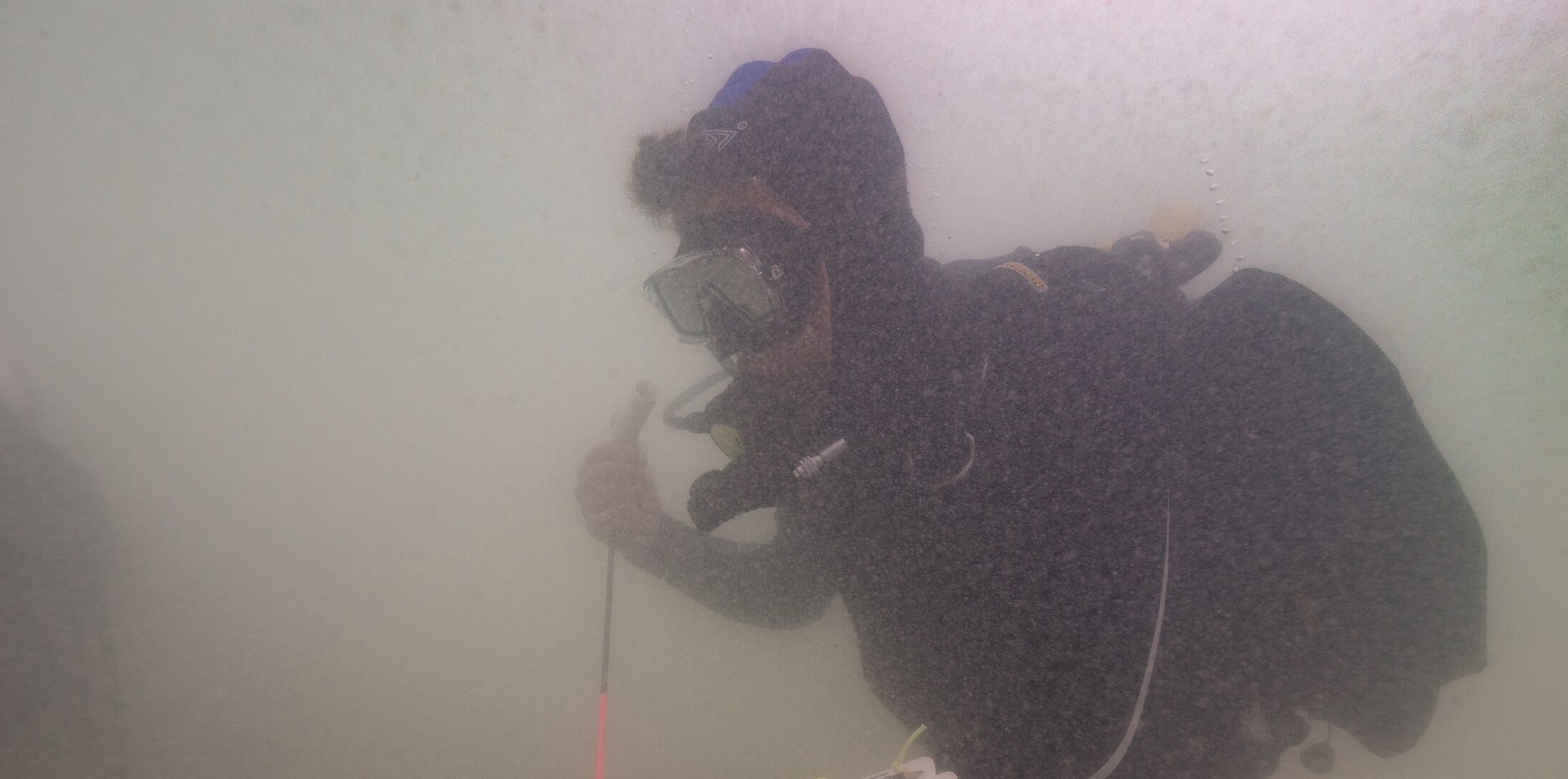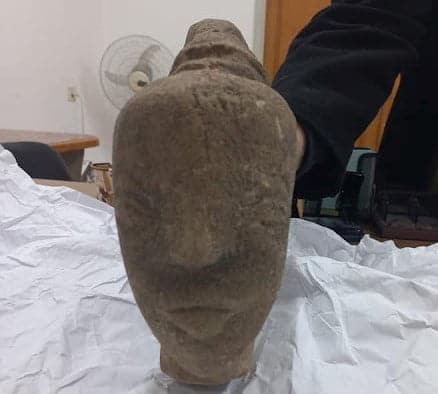The Koning Willem de Tweede was an 800-tonne Dutch merchant sailing ship that was lost in Guichen Bay near Robe, South Australia, in June 1857.
Just days before its loss, more than 400 Chinese miners headed for the gold fields at Bendigo and Ballarat in Victoria disembarked from the Koning Willem de Tweede.
Sixteen out of a crew of 25 drowned and were buried in the dunes of Long Beach, now part of Guichen Bay’s eastern shoreline.

Researchers from the Australian National Maritime Museum, Silentworld Foundation, South Australia’s Department for Environment and Water (DEW) and Flinders University are confident they found the shipwreck after three years.
The museum said that the team used marine magnetometer and underwater metal detectors and found what is believed to be the iron parts of a windlass (a large winch in the ship’s bow used to hoist anchors) and an iron frame, both protruding from the seabed.
A well-preserved timber plank was found beneath the windlass, suggesting more of the shipwreck’s hull structure is present but buried, the museum says.
James Hunter from the museum told ABC News that finding the bell with the ship’s name would be the clincher.

“While I’m not saying the wreck is completely intact, I suspect there’s a lot of it there still,” he told the broadcaster.
All exposed elements of the shipwreck were recorded and plotted within a larger field of anomalies detected by the magnetometer.
The museum says these anomalies were buried at the time of the survey but may indicate the presence of other large iron artefacts and hull parts.
GROUNDS FOR CONFIDENCE
The museum believes the shipwreck is that of the Koning Willem de Tweede based on its location, which corresponds to historic accounts of its sinking, and the fact it is the only known historic shipwreck on that stretch of Long Beach.
The museum also says the field of magnetic anomalies roughly matches that of the ship’s recorded length (42.7 metres) with no other large magnetic contacts located within a kilometre of the windlass.
It also points to fragments of 19th-century Chinese earthenware ceramic that were found on the beach next to the site in March 2023.
DEW principal maritime heritage officer Mark Polzer told ABC News that the shipwreck is a protected historic wreck and should not be interfered with.






